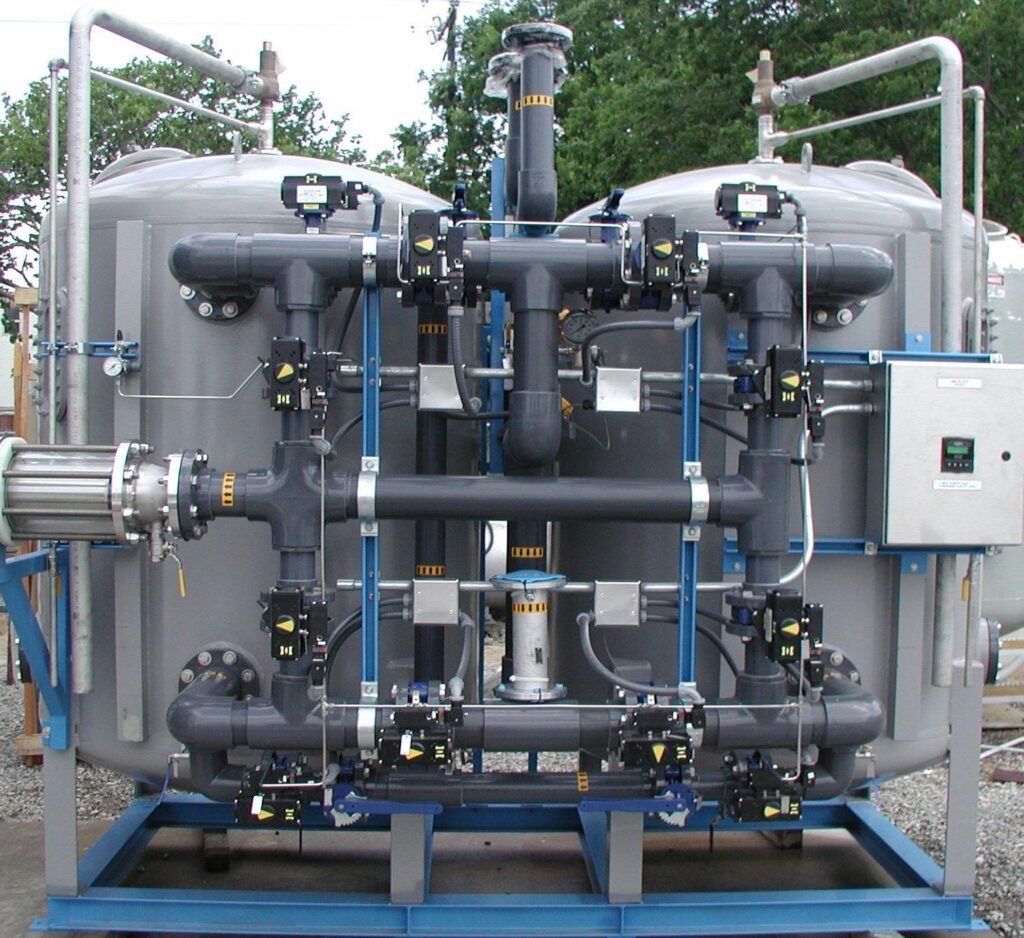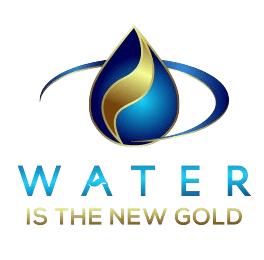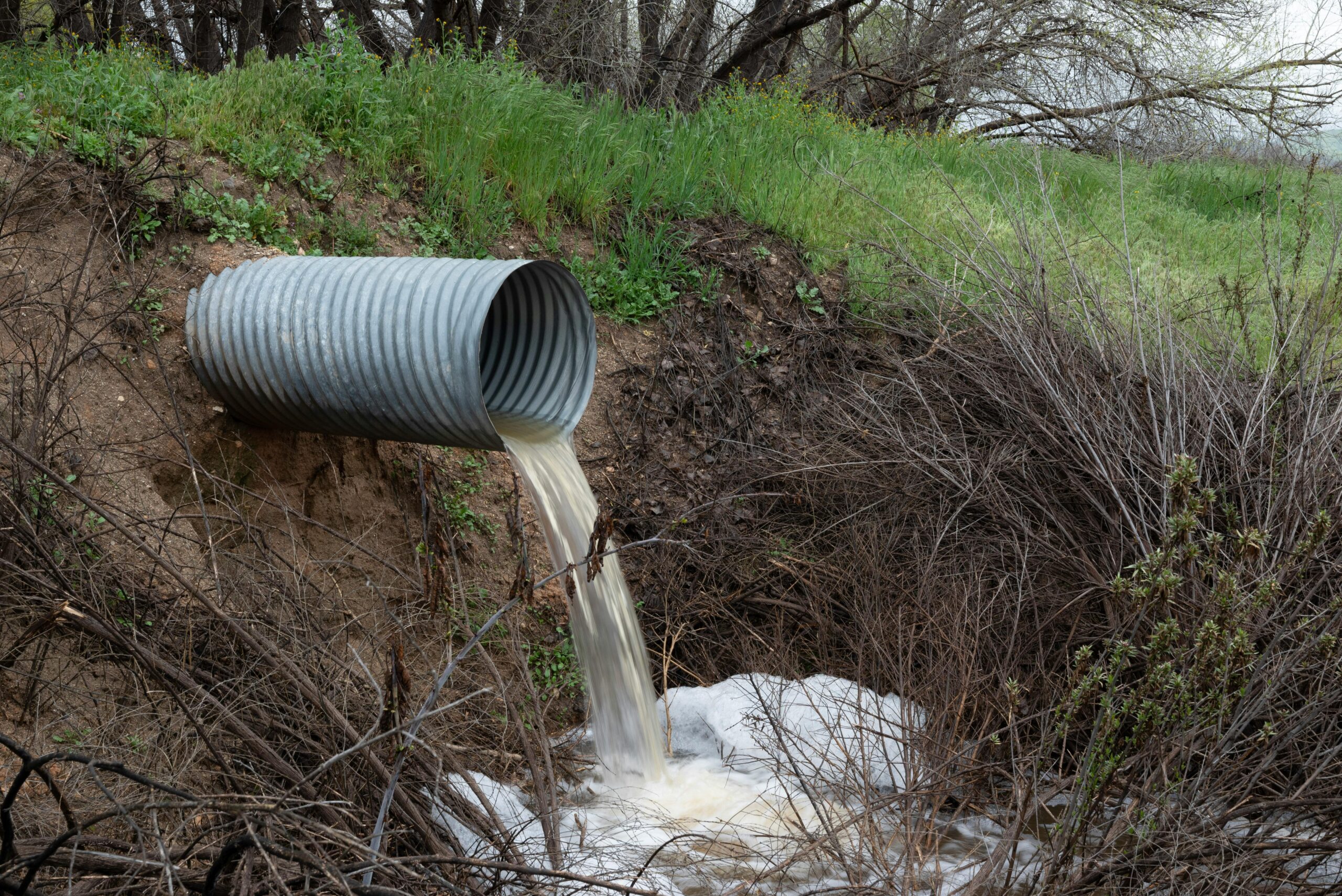Let talk about how industry uses Granular Activated Carbon (GAC). The ability of carbon to absorb chlorine is crucial to industries that utilize Reverse Osmosis (RO) technology to purify water. The membranes used in RO machines are expensive and easily destroyed by prolonged exposure to chlorine. By placing a back-washing carbon filter in line before the RO unit, the membranes can function for several years.
And how about this term “back-washing”? What does that mean? Typically, industry uses carbon media that is contained in a tank that has incoming water entering the top of the tank, then filtering down to the bottom of the tank where the filtered water is collected, and transported through an outlet pipe, by line pressure, to the point of use; in this case an RO system. With many contaminants, back-washing rids the GAC of all trapped contaminants and allows it to again go back to removing new contaminants.
However, chlorine is not all that GAC removes. Please, read on…
GAC also has a good affinity for hanging on to anything with carbon in it. This includes volatile organics like turpentine, toluene, methane, and organic wastes from decaying leaves, dirt, fish and water plants. Carbon can be used to remove oils, paints and other solvents.

For the consumer, the local DIY store is stocked with options of replaceable carbon filters. Some engage carbon filters to remove chlorine and tastes from their tap water. Others use refrigerator filters. Pretreatment for reverse osmosis systems is yet another common use. Activated carbon is invaluable in industrial water systems where the granules are placed in backwashable filters for high flow rates
Frequently used for catastrophic environmental spills and leaks, GAC does not really have a huge capacity for said oils, paints and greases, but because it is so readily available and fail safe for working on these type of contaminants, GAC remains a staple of the environmental clean up industry.
So what will GAC not pick up? It is not particularly effective at removing inorganic contaminants. For industrial plants needed to remove metals such as Chromium, Nickel, Cadmium, Zinc, Lead, and Copper, GAC holds very little removal capability and because of this inefficiency is rarely, if ever used.







